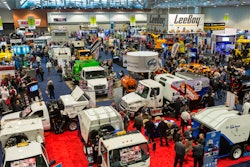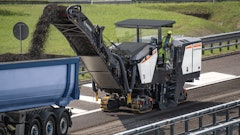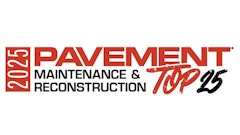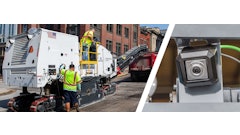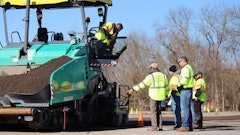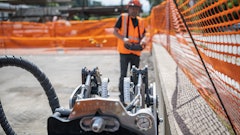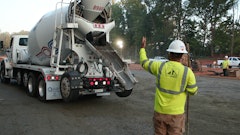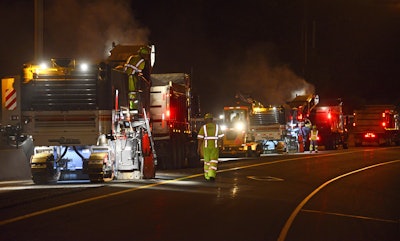
A major asphalt milling contractor in New England is using its fleet of high-performance cold mills to serve customers and power market momentum.
Since 1945, Costello Industries Inc., Newington, CT, has been rebuilding and rehabilitating highways, roads and bridges. Its mission of providing quality products, methods and services in a cost-effective manner has been unchanged through three generations
“We focus on safety, quality and productivity,” says Todd Nedzweckas, general superintendent/operations manager for Costello. “We are big-time geared up toward milling, although we do provide other services like street, highway and bridge repairs and maintenance.”
In 2015, Costello acquired three new W 220 cold mills with 8-ft. drums from Wirtgen America. But Costello is a long-time user of Wirtgen mills. In addition to its new W 220s, Costello owns four W 2100 mills with 7-ft. 3-in. drums, four W 50s, one W 50 DC, and two W 500s, all of which it puts to use serving customers throughout New England and sometimes well beyond its Newington headquarters.
Costello owns no other brands.
“I feel they are the best out there,” says Jim Cook, equipment manager for Costello. “They make a great product. As far as building the equipment, compared to competitors, you can tell that every part or item on the machine has been touched or looked at by someone before it gets to you. When the machine arrives, all the bolts have been torqued and marked as having been torqued. All the parts have been painted before they are assembled. They are well-thought-out and put together.”
The internal parts are also well-organized for the end user, he added. “The electrical and hydraulic systems are well-marked,” Cook says. “That’s of great use when you’re trying to diagnose a problem. You can go right to the wiring schematic, and each wire is on there, numbered. With other machines you will see hoses and wires painted, which makes it harder to diagnose a problem.”
“When I first started in this industry, I worked on all of the milling machines,” Nedzweckas says. “When you opened up those cabinets, everything could be overwhelming. But after I went to the Wirtgen school, everything looked user-friendly.”
Maintaining mills
The W 500s have over 5,000 hours on them. “Keeping them running is a matter of regular maintenance,” Cook says. “As long as you are changing all the fluids, keeping track of wear items, and doing regular maintenance – or don’t burn out any pumps or motors – they will work for you.”
“Keeping them running is also a matter of educating the operators as to the proper techniques and day-to-day maintenance out in the field,” Nedzweckas says. Daily maintenance will include removal of stones or greasing. “And if anything is broken, Jim and his staff will take care of it,” he says.
An equipment maintenance management program helps prolong uptime. “We keep track of all hours, whatever maintenance is done, and we generate scheduled work orders for 250-, 500-, 750- and 1,000-hour service intervals,” Cook says. “We do it for all our equipment, and the maintenance all is done in-house.”
Participation in Wirtgen America training courses also helps Costello’s staff keep equipment working. “We’ve been through the electronics course and the hydraulics course,” Cook says. “We’ve sent people from top staff down to the operators, and then we train each other.”
Costello’s equipment distributor, W.I. Clark & Co., also plays a big role in keeping Costello’s mills moving. “They are there for service for other things that may happen, and if we are overbooked we will send work to them,” Cook says. “They definitely play a role in the upkeep of the machines.”
Next generation mills
Because they are familiar with several generations of Wirtgen mills, Costello’s staff has experienced the big changes that the machines have undergone as the years unfold. And while the operator platforms of the newest models such as the W 220 may seem more complex with computer displays, video screens and lights, Costello’s staff finds them easy to use.
“They are definitely user-friendly,” Cook says. “If you have a breakdown or if something else goes wrong, the machine pretty much tells you where to look, and how to diagnose it. It will even ask a series of questions to help pinpoint the problem, so you are back up and running a lot faster.”
Maintenance aside, the new generation of big mills offers an operator-friendly working environment, Cook adds. “The W 220 has a lower idle, and three different drum speeds,” he says. “It’s a lot quieter up top. Larger hydraulic systems get more power out of the machine.”
“They really kept the operators in mind,” Nedzweckas says. “The noise level is much lower, and the Vacuum Cutting System sucking away all the harmful odors and fines definitely helps the operators a lot.”
The W 220’s “wasp-waist” design also helps the operator. “The operator can see the front of the drum better,” Cook says. “The hydraulic depth scanners in front of the drum indicate the level of the drum, the inside ski, the hydraulic cylinder mount, all help.”
The ergonomics are designed for the operator as well, Cook says. “The way the control panels and seats swivel out definitely are designed for operator comfort,” he says. “When you are on the machine for 14 hours a day, that makes a big difference.”
“The lights can make the mill look like a UFO, but a lot of our work is done at night, and the instrument displays and lighting systems are excellent,” Nedzweckas. “You can see all your instruments, and everything is lit up around the whole machine.”
Safety features
On the operator’s display, Costello’s complement of video cameras give the operator a view of the W 220 in operation.
“We have the cameras show the end of the conveyor, and the rear of the machine for back up,” Cook says. “It makes a huge difference for the operator in productivity and safety. The operator has more control over the load, as he can see exactly what’s going into the dump truck. Sometimes you are going around a corner, and can’t really see where the conveyor is and where the material is going. With the camera you can see the back of the truck perfectly. And for backing up, those machines are high in the air, and you can’t see someone walking behind, so you have to rely on the ground man to stop you. With the camera you can see cars, people, anything that’s behind you.”
“That camera eliminates a major blind spot,” Nedzweckas says. “As an operator you can see down the right side and left side, but you could never see directly behind you.”
Costello Industries has been serving milling markets in the northeast since the 1970s. With over 100 years of combined milling experience among its management team, Costello Industries has a knack for getting it right.
“We take a lot of pride in the quality of the services we provide,” says John Costello, president, “and whom we choose to help us – equipment manufacturer, equipment dealer, lender, subcontractors and other vendors – has a major impact on the level of our success.”
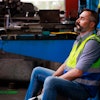
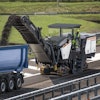

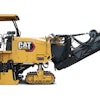

![[VIDEO] NPE2016 Offers Over 50 Educational Programs](https://img.forconstructionpros.com/files/base/acbm/fcp/image/2015/12/default.565f0dab7d8a8.png?auto=format%2Ccompress&fit=crop&h=167&q=70&w=250)
